“Sanctions must be treated as a form of warfare. . . . Let us regard the imposition of sanctions with the same gravity as we would regard the act of going to war.” – Mehran Nakhjavani[1]
There is widespread concern among human rights monitoring bodies and experts, including the UN High Commissioner on Human Rights, regarding sanctions imposed by the U.S. and some other countries on Venezuela. As noted by a UN Special Rapporteur charged with monitoring sanctions, “The use of sanctions by outside powers to overthrow an elected government is in violation of all norms of international law.” The Special Rapporteur urged all countries to avoid applying sanctions against Venezuela “unless approved by the United Nations Security Council, as required by the UN Charter.”[2]
While the U.S. has taken the lead in instigating unilateral sanctions against Venezuela, with an explicit condition that sanctions will only be lifted in response to regime change, Canada too has operated outside of its historic commitment to the UN and multilateralism by imposing a number of sanctions to replicate some of the U.S. sanctions. This article submits that certain sanctions imposed by Canada against Venezuela are illegal under Canadian law because Parliament has not authorized the government to make the regulation through which they were imposed.
On September 22, 2017, on the recommendation of then Foreign Affairs Minister Chrystia Freeland, the federal Cabinet, which is the executive branch of the Canadian government, made a regulation (the “Special Economic Measures (Venezuela) Regulations”, or the “Venezuela Regulations” for short) requiring all Canadians to boycott 40 named individuals in Venezuela (since then extended to the current total of 96 individuals including its Ombudsperson and Attorney General).
The government purported to act under the Special Economic Measures Act, SC 1992, c 17 (“SEMA”) which gives it authority to make such regulations. At the time, that act gave only two grounds for the government to do so.
The first one is easily understood: when there is a serious international crisis as a result of a grave breach of international peace and security. Canada has passed such regulations regarding various countries: Burma, 2007; Zimbabwe, 2008; Iran, 2010; Syria and North Korea, 2011; and South Sudan, Russia, and the Ukraine, 2014.
Whether or not all Canadians would have agreed with each of these regulations, it is fair to assume that all would have understood why they were made.
The second ground is more difficult to understand. It is the one that was used against the Venezuelan individuals because there is no obvious evidence that the domestic violence in Venezuela would lead to a serious international crisis.
Under this second ground, it is still possible to make such a regulation when Canada’s government wants to act in solidarity with an international organization of states or association of states of which Canada is a member.
If the association of nation states feels that the principles of law by which a nation state ought to abide have been torn apart, it can call on its members to take economic measures against that foreign state.
What is most peculiar is that in the case of the Organization of American States, a major organization of which Canada is a member, there was no such consensus against Venezuela. This created a difficulty as, for Canada’s government to pursue its goal, the OAS was the most obvious and relevant association of nations through which to do so.
So, in order to rely on the second ground, the Canadian government had to find another association of nation states. Side-stepping Canada’s Parliament, it declared that Canada and the U.S.A. constituted an appropriate association, under the name “Association Concerning the Situation in Venezuela”.
This raises a number of questions, most significantly whether Canada, through its federal government, is acting as a country that adheres to the rule of law or subjugates itself to the wishes of the United States.
Specifically, is the making of the Venezuela Regulations by the Trudeau government validly authorized by Canada’s Parliament under the SEMA? Or are the Venezuela Regulations, in legal terms, ultra vires, meaning that Parliament has not given the government the authority or legal power to make them and therefore the regulation and the sanctions it imposes are of no force and effect.
The SEMA provision
The circumstance that must have occurred in order for the government to be authorized to make a regulation under the second ground is that:
“an international organization of states or association of states, of which Canada is a member, has made a decision or a recommendation or adopted a resolution calling on its members to take economic measures against a foreign state”
Is the “Association Concerning the Situation in Venezuela”, which Canada purports to have formed with the United States and of which only it and the United States are “members”, such an “association of states, of which Canada is a member”?
Events in 2017
Since 1990 Canada has been a member of the Organization of American States, currently composed of 33 states which include the United States and most other countries of the Americas. The OAS was formed in 1948 and has a charter. In May 2017 foreign ministers of the OAS met concerning political and economic events in Venezuela but were unable to agree on a consensus statement concerning that country. Nor were they able to do so at a subsequent meeting in June 2017.
Some time on or before July 26, 2017 thirteen OAS countries, including the US and Canada issued a “Declaration on the Situation in Venezuela” calling for respect for human rights and constitutional order. It did not call for economic measures to be taken against Venezuela.
In July 2017 the US Treasury Board unilaterally imposed economic sanctions on fourteen Venezuelan individuals.
Whether Canada could follow suit was a live question as early as the beginning of August 2017. An unidentified Canadian official is reported as stating that Canada could more easily sanction Venezuelan officials if Bill S-226, the Justice for Victims of Corrupt Foreign Officials Act (Sergei Magnitsky Law), which was still before Parliament, had been passed into law. While there was commentary that Canada could have relied on the ground in the SEMA that a “grave breach of international peace and security has occurred that has resulted or is likely to result in a serious international crisis”, no one talked about implementing a decision of an international organization of states or association of states.
On August 8, 2017 the Foreign Ministers and Representatives of Argentina, Brazil, Canada, Chile Colombia, Costa Rica, Guatemala, Honduras, Mexico, Panama, Paraguay and Peru, gathered in Lima, Peru and issued a declaration concerning Venezuela. While that declaration, among other things, called for a stop to the transfer of weapons to Venezuela in accordance with articles 6 and 7 of the Arms Trade Treaty, it did not call for the taking of economic measures against Venezuela or Venezuelans.
The following day, August 9, 2017, a counselor in the Canadian Embassy in Washington D.C. sent an e-mail to two individuals, at least one of whom was with the Legal Affairs Bureau of Canada’s foreign affairs department [the department goes by the name “Global Affairs Canada”], and copied it to two other persons in the Canadian embassy in Washington. The e-mail is the earliest document to which Global Affairs Canada gave access in response to a request under Canada’s Access to Information Act for records relating to “The Association Concerning the Situation in Venezuela”. The contents of the e-mail are redacted, or covered up, as is the identity of a third person to whom it was copied.
Less than a month later on September 5, 2017 a 20 minute meeting took place in the office of Global Affairs Canada in Ottawa that is referred to in the record of the meeting as “The inaugural meeting of the Association [Concerning the Situation in Venezuela].”
The meeting was called to order by David Morrison, then the Assistant Deputy Minister Americas and Chief Development Officer at Global Affairs Canada. Under the heading “Members Present”, Mr. Morrison is described as “Representing Canada” together with three others, his advisor, a legal officer with Global Affairs Canada, and the Venezuela Desk Officer, South American Division of Global Affairs Canada.
The persons described as representing the United States are four persons from the US Embassy, the Charge d’Affaires, the Acting deputy Chief of Mission, a Minister Counselor for Political Affairs, and an Economic Counselor.
Tracking in part the language of the SEMA (as italicized below), the record of the meeting states:
“The Association recommends that its members take measures to respond to the situation in Venezuela. The Association therefore calls upon its members to take economic measures against Venezuela and persons responsible for the current situation in Venezuela.”
There actually was no need to call on the U.S. to take economic measures against Venezuela. It had already done so. In addition to above-mentioned U.S. Treasury Board sanctions imposed against the 14 Venezuelan individuals in July 2017 pursuant to presidential executive order 13692 made in March 2015, the president of the United States had issued Executive Order 13808 in August 2017 prohibiting, with certain exceptions, access to U.S. financial markets by the Venezuelan government and the state-owned oil company PdVSA.
Twelve of the 14 Venezuelans sanctioned by the US in July 2017 were subsequently sanctioned under the Venezuela Regulations made under the SEMA, and the other two were sanctioned by Canada under the regulation made on November 3, 2017 under the Justice for Victims of Corrupt Foreign Officials Act (Sergei Magnitsky Law).
No charter, constitution, by-laws or other constating document for the so-called “Association”, or any document bearing any signature by anyone on behalf of either Canada or the U.S. has been produced by Global Affairs Canada in response to the Access to Information Act request.
No public record of any agreement between Canada and the United States to create the “Association Concerning the Situation in Venezuela” exists. In the U.S., while the president can enter into executive agreements under the presidential authority over foreign policy contained in the U.S. constitution, such agreements must be reported to the Senate under the Case-Zablocki Act of 1972 and would be expected to be disclosed in the U.S. State Department’s listing of U.S. Treaties and Other International Agreements. There is no mention of any agreement with Canada or any other state with respect to Venezuela in that listing.
Nor is there any executive order made by the U.S. president in 2017 or thereafter which refers to any agreement with Canada regarding Venezuela.
As for Canadian records, there is no reference to any such agreement in Global Affairs Canada’s published database of Canadian treaties and non-treaty international agreements, arrangements, or understandings.
Parliament’s intent
Did Parliament in the SEMA intend to authorize the federal government in these circumstances to make the regulation it did imposing sanctions on these Venezuelan individuals? The answer depends on the interpretation of the phrase “association of states, of which Canada is a member” in section 4(1.1) (a) of the SEMA. To help determine what Parliament meant by that phrase one can look at the proceedings in 1992 before the Parliamentary committee composed of members of Parliament who studied in detail Bill C-53, the bill which Parliament eventually enacted as the SEMA in that year.
Those proceedings suggest that Parliament intended that the association of states be a multilateral one, and that it actually exist and not merely be created ad hoc for the purpose of allowing the federal government to make a regulation that it wanted to, but could not, make on its own absent a “grave breach of international peace and security”.
The first witness before the Parliamentary committee was Barry Mawhinney (Legal Advisor in the Office of Secretary of State for External Affairs, as Canada’s foreign affairs minister was then called). He was asked by Committee member Axworthy the following question about the meaning of “international organization or association of states”. Mr. Axworthy’s question assumed that the organizations in question were multilateral, and that such organizations had some structure by way of “by-laws” or “obligations”.
“It is a complex question, and I really need your help on it. Clause 4.(1)—“international organization or association of states, of which Canada is a member, that calls on its members to take economic measures”—is a pretty loose definition. You just pointed out that we have OAS obligations, UN obligations. But we are also a member of a number of other multilateral organizations. To what extent do these organizations, in their own laws or obligations, set out mandatory or required steps by their member states? Does this not kind of put us into a position where our freedom of choice is being somewhat limited at this stage?
I guess what I am trying to get at, Mr. Mawhinney, is that we are saying that the more we get into a world of international multilateralorganizations there are all kinds of by-laws in those organizations that could be triggering us into a whole series of economic sanctions. We could end up putting sanctions on almost everybody, at some point or other, depending on how many clubs we want to belong to.”
In responding Mr. Mawhinney implied that the organization or association would be one already in existence and stated that the purpose of the legislation was to allow Canada, if it so chose, to take “collective action” pursuant to a “collective decision” thereof. He told the Committee:
I can think of only one club, and it is the mother of all clubs, where we have very clear mandatory sanctions under the United Nations. The concern here, Mr. Axworthy, was to ensure that where an international organization to which we belong has taken certain decisions which call for collective action—do not impose collective action, but call for collective action—we should be able to act pursuant to that collective decision. But it is, again, enabling legislation. This in no way requires Canada, if it decides otherwise, to carry through on any particular decision taken by an international organization. But what it does do is give us that option and that ability to take action if we so decide that it is in Canada’s best interest.
What we didn’t want to have was a situation where an international organization had taken a decision and we wanted to share in the implementation of that decision but we were unable to do that because this kind of threshold wasn’t available.
Throughout his testimony, as italicized in the passages quoted below, Mr. Mawhinney referred to a “broad coalition” or “broad international consensus” in a “multilateral context”. At the outset of his presentation to the Committee he stated that:
“Historically, Canadian governments have been guided by three basic principles in the application of economic sanctions. First, they have sought broad international agreement on the necessity and usefulness of sanctions.”
Mr. Mawhinney further stated:
“When we apply sanctions, and this has been consistently the practice of Canadian governments, we do so based on a broad international consensus to do so, and within a multilateral context.”
He then again stated:
“The situation set out here in the two thresholds makes it very clear that we are dealing with rare occasions; the grave breach of international peace and security that Mr. Axworthy was questioning me about, or the implementation of a decision by an international organization of which Canada is a member. So these things are not done frequently and they are not done lightly. They are done within the context of a very broad international consensus, dealing with very serious situations.”
Later Mr. Mawhinney repeated his reference to a broad coalition and that Canada would not be acting on its own when he stated:
“We would have to ensure that in applying those measures we had, as I mentioned earlier, a broad coalition of support internationally, that we were sharing the burden and, perhaps most important, that we were not, through our own measures, putting at a disadvantage either Canadian business or Canadian workers in relation to our competitors.”
In the testimony of Jeffrey Grenville-Woods (United Nations Association in Canada) before the Committee he too made clear his understanding that the purpose of the bill was to enable Canada to implement decisions of a separate body and not its own decision, when he stated:
“The breach mechanism has to be as a result, I would submit, of a finding by this group of states because the purpose of the bill is to implement somebody else’s decision. It’s not a Canadian measure of its own accord.”
. . . . .
“The purpose of the bill is to implement somebody else’s decision in Canada. That seems to be the key element of clause 4: The Governor in Council may, for the purpose of implementing a decision, resolution or recommendation do the following things. If we’re implementing someone’s decision, recommendation or resolution, who is it? If that’s the only measure for the trigger, we need to know what the source of that process is. It could be the only argument you need in the House to justify the action taken, that an organization said there is this action to be taken and this is why we’re taking it.”
Mr. Grenville-Woods also pointed out the need to be “circumspect” in defining the meaning of “association of states” in his answer to the following question from Committee member Leblanc:
“I would like to direct my questions to comments you made earlier, which have to do with the definitions of an international organization of states, and what constitutes a serious breach or a crisis meriting the imposition of sanctions. Is there any recognized mechanism through the United Nations for classifying international organizations of states or associations of states or a body of international law that we could appeal to to introduce the kinds of precisions you were suggesting we make to bring us into line with the actions of other countries.”
Mr. Grenville-Woods responded:
“I think the quick answer to that is that there is no hard and fast definition of an international organization, nor is there a hard and fast definition of an association of states. That, I think, is the problem. If there was, then these words would have an international legal meaning that could easily be referred to. There is a very broad definition of international organizations, and that creates some difficulty. It’s useful to have a broad definition in the context of other purposes, such as trying to grant privileges and immunities to representatives of these organizations in your country or in the international community, but when you are talking about these organizations being the trigger for some action, then I think you have to be more circumspect in your definition.”
Committee member Robinson went so far as to propose an amendment to the bill to provide that the organizations or associations be specified by regulation. He withdrew the amendment after Serge April (Director General, Bureau of Legal Affairs, Department of External Affairs and International Trade) agreed to provide a list of the organizations most likely to be the subject of this particular clause. However, no such list is referred to in the Committee proceedings.
The above-quoted passages indicate that the Committee members and several witnesses, including from the government itself, understood the reference to “international organization or association of states of which Canada is a member” to mean more than Canada associating itself with one other state for the sole purpose of enabling Canada to impose sanctions under this ground in the SEMA. The purpose of the Act was to allow Canada to implement a “collective” decision of states of which it was a member, based on a “broad international consensus” in a “multilateral” context. The record also indicates that the Committee was unable to rely on a precise definition because there wasn’t one. Therefore it is up to the court to determine if something is a legitimate association in relation to the purposes of this statute, and to be ‘circumspect’ in making that determination.
The same phrase used in another statute
It is also a principle of statutory interpretation to presume there are harmony, coherence, and consistency between statutes dealing with the same subject matter.
Parliament used the phrase “an international organization of states or association of states, of which Canada is a member” in section 35 of the Immigration and Refugee Protection Act, SC 2001, c 27. That section makes it clear that Parliament meant a multilateral association of states. Section 35 provides that:
“A permanent resident or a foreign national is inadmissible on grounds of violating human or international rights for
. . . . .
(c) being a person, other than a permanent resident, whose entry into or stay in Canada is restricted pursuant to a decision, resolution or measure of an international organization of states or association of states, of which Canada is a member, that imposes sanctions on a country against which Canada has imposed or has agreed to impose sanctions in concert with that organization or association.” (my emphasis)
In order for Canada to act “in concert” with such association of states of which it is a member, the association must have more than just one member besides Canada. Otherwise, Canada would be acting in concert with only that one other state, and not an association of states.
Conclusion
Even though “association” is not defined with precision, all the above quotes suggest two things: SEMA is talking about membership in existing associations which might have these kinds of regulation as an available ground for common action, and it does not envisage the idea that such an association be formed for the particular purpose of engaging in economic sanctions. While the latter is a possible permissible vision of “association”, it is not likely to be one of which the SEMA framers thought: it cannot have been their intention that Canada could engage in such a foreign affairs’ decision ad hoc, without any reference to Parliament.
None of the quotations about the meaning to be given to “association” suggest this as a possibility. In the case of existing institutions it is plausible to argue that, when becoming a member, Parliament approved of Canada acting according to that association’s known goals; not so when there is no existing one; not so when an association is formed without stated goals or formalities or Parliamentary oversight of any kind. This is boosted by the fact that the U.S. did not need this association to do what it did, that there was no common goal to associate, as the U.S. was merely helping Canada to help it, although Canada had no legal ground to assist the U.S.
There is no reason for Canada to “create” this association but for its desire to help the U.S. out, having failed to persuade the one obvious organization which it had democratically joined to, among other things, act in such a way. The Canadian government’s maneuvering smacks of tax avoidance practices’ techniques: act within the letter but not the spirit of the law. This points to the willingness to do U.S. bidding and to the anti-democratic nature of engaging in sanctions of this personal kind, questions which go to the very validity of the Venezuela Regulations.
*
Note to readers: please click the share buttons above or below. Forward this article to your email lists. Crosspost on your blog site, internet forums. etc.
Andrew Dekany is a Barrister and Solicitor licensed by the Law Society of Ontario, Canada.
Featured image is from Yves Engler
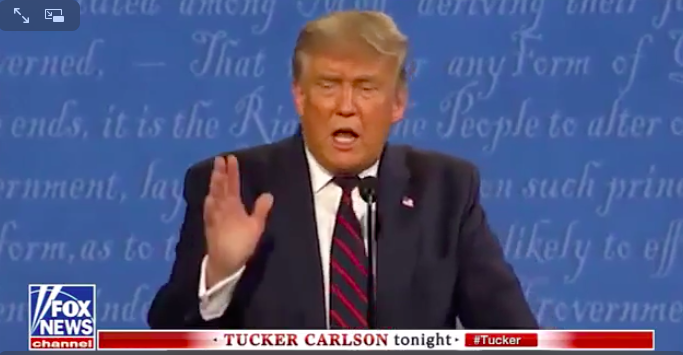
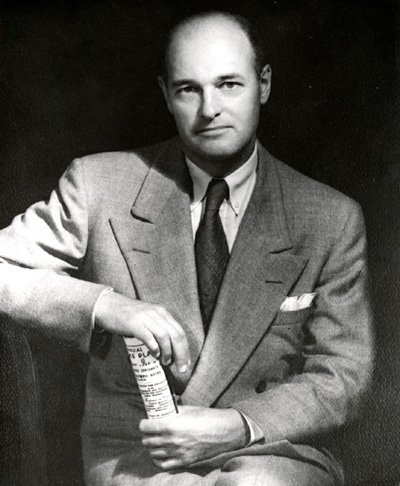
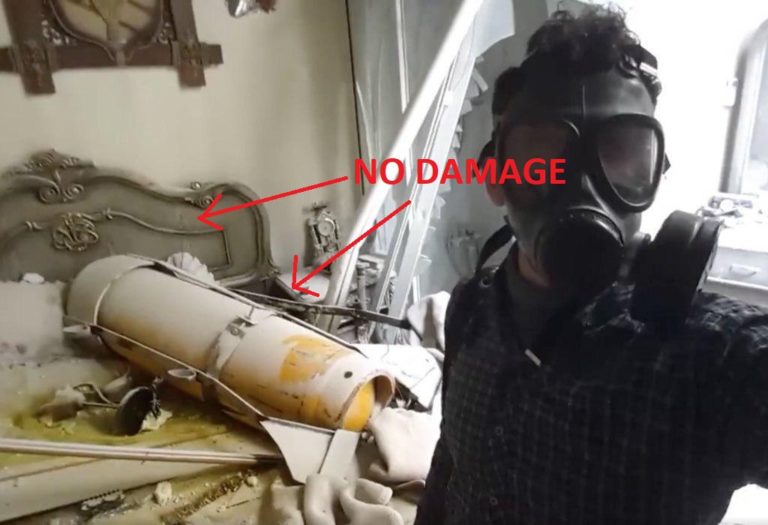





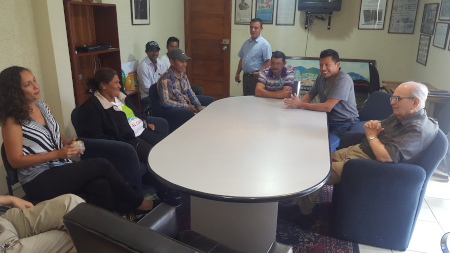


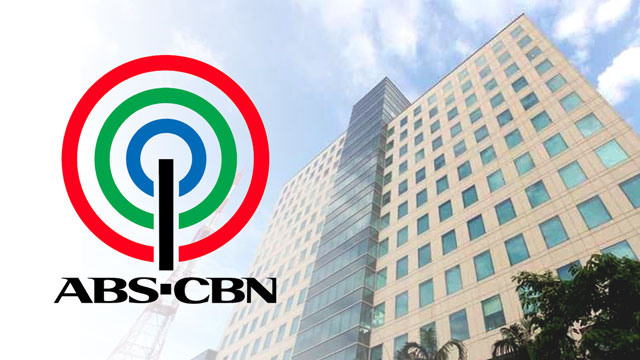



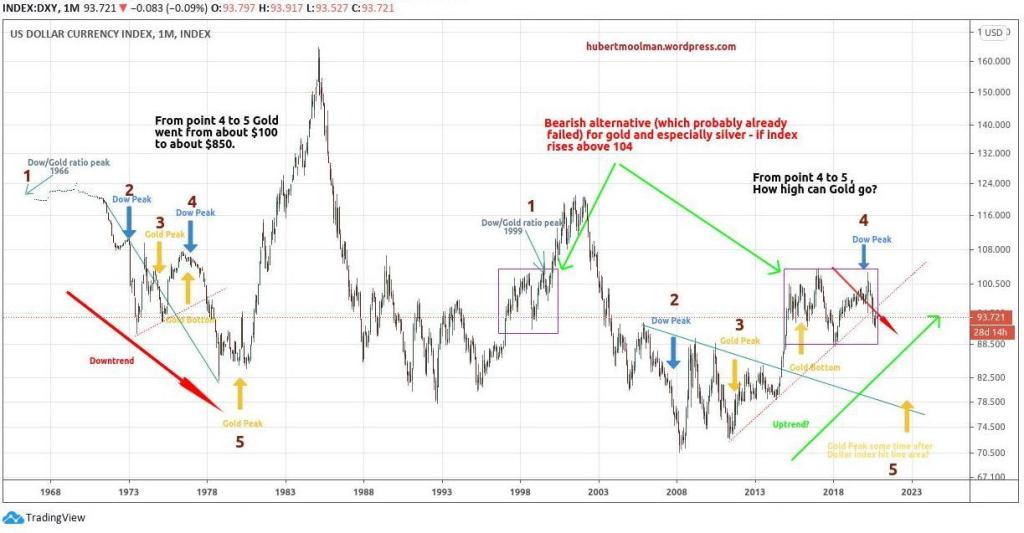



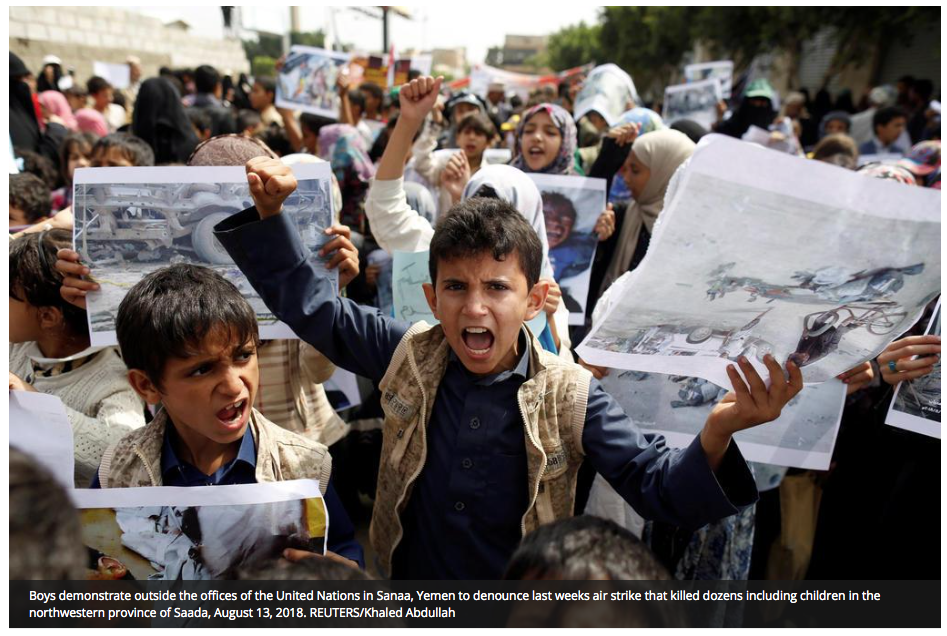
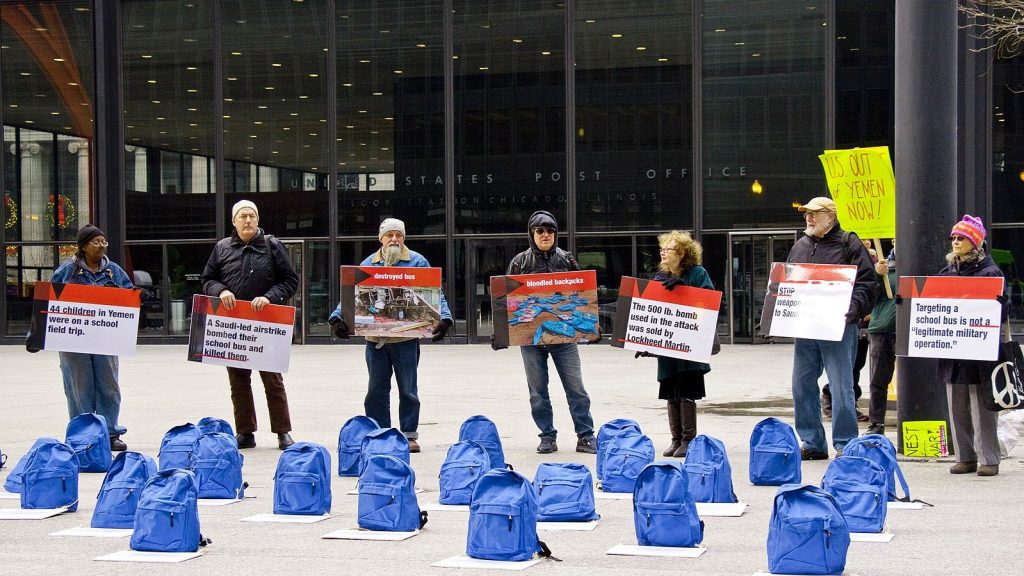
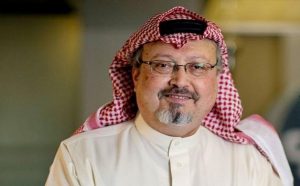
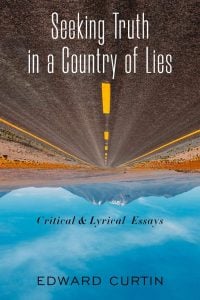 Seeking Truth in a Country of Lies
Seeking Truth in a Country of Lies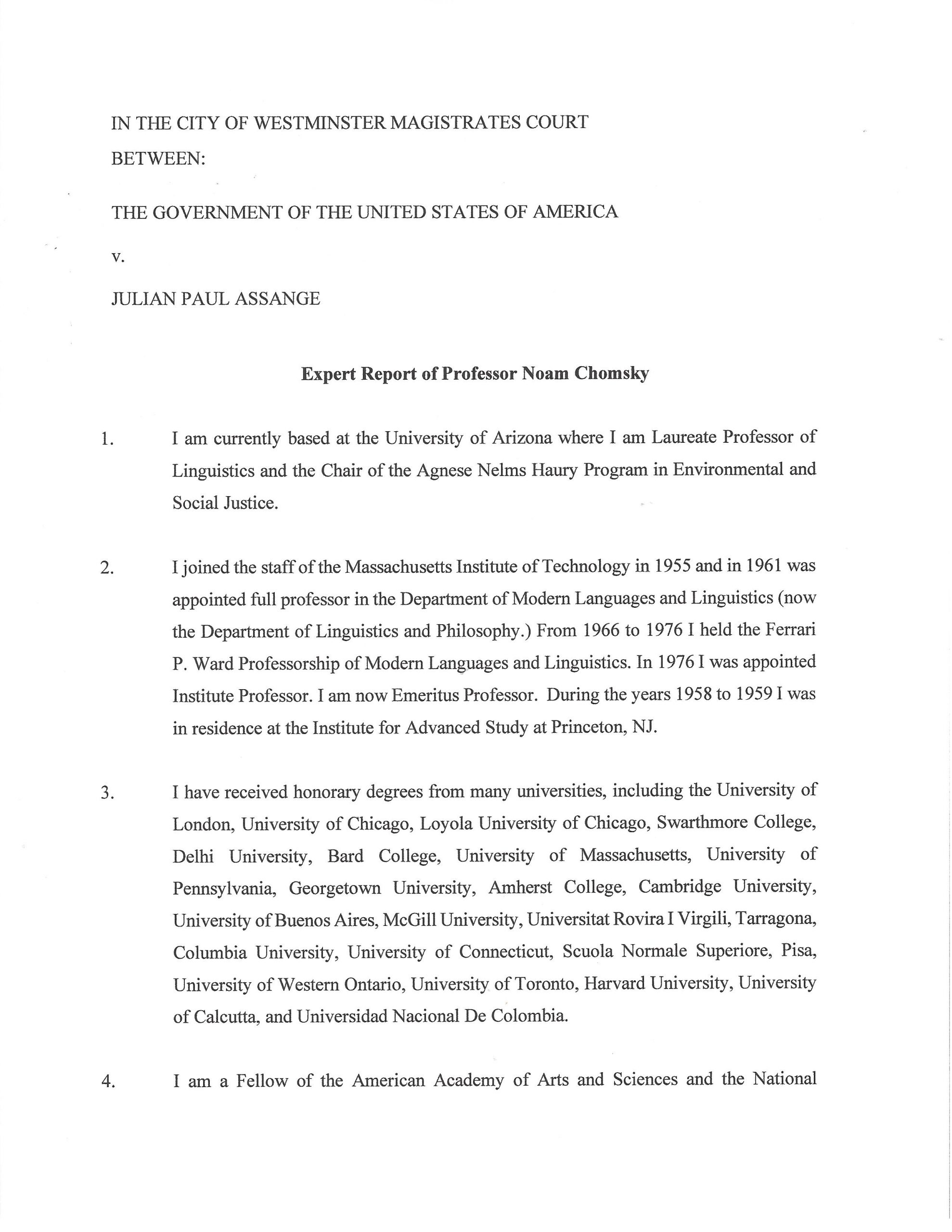
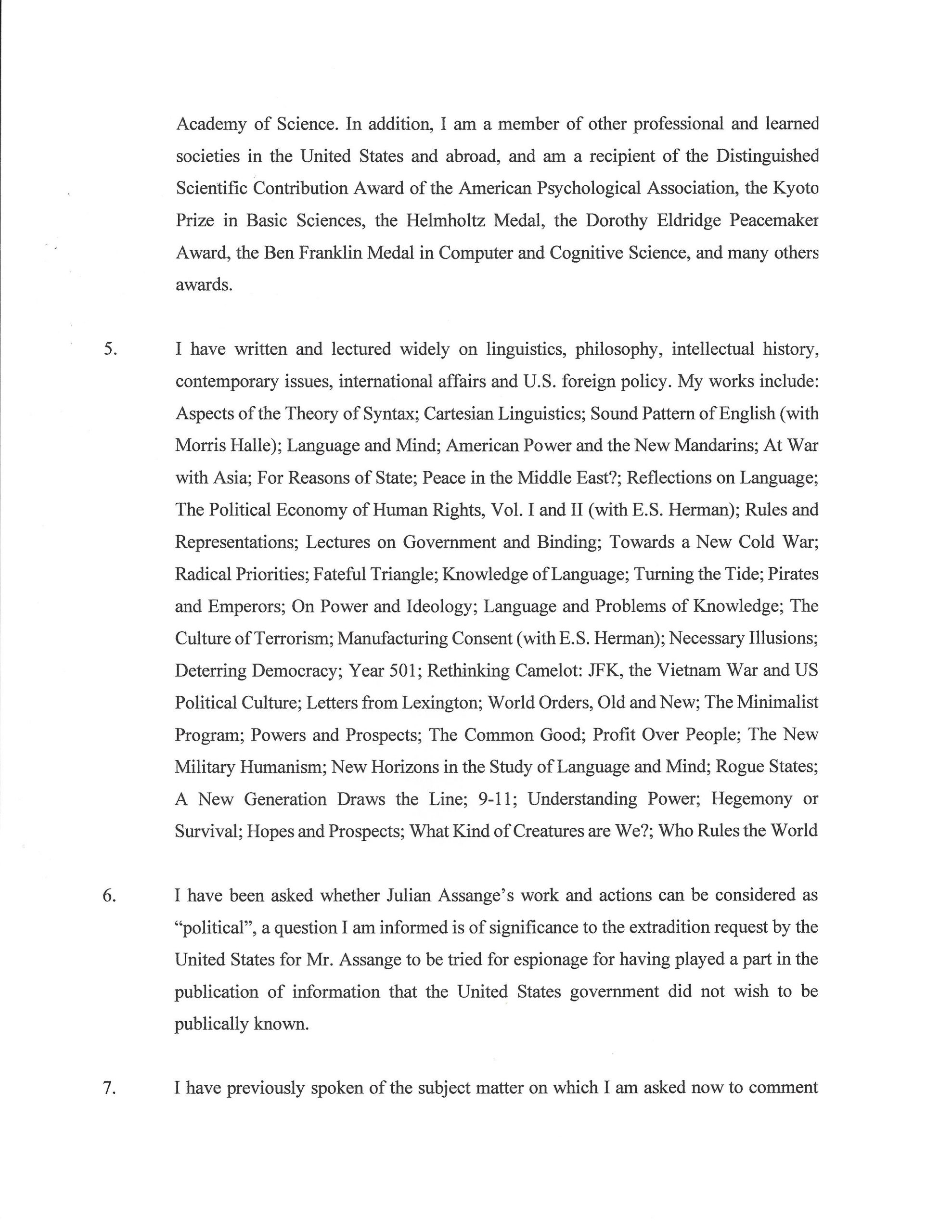
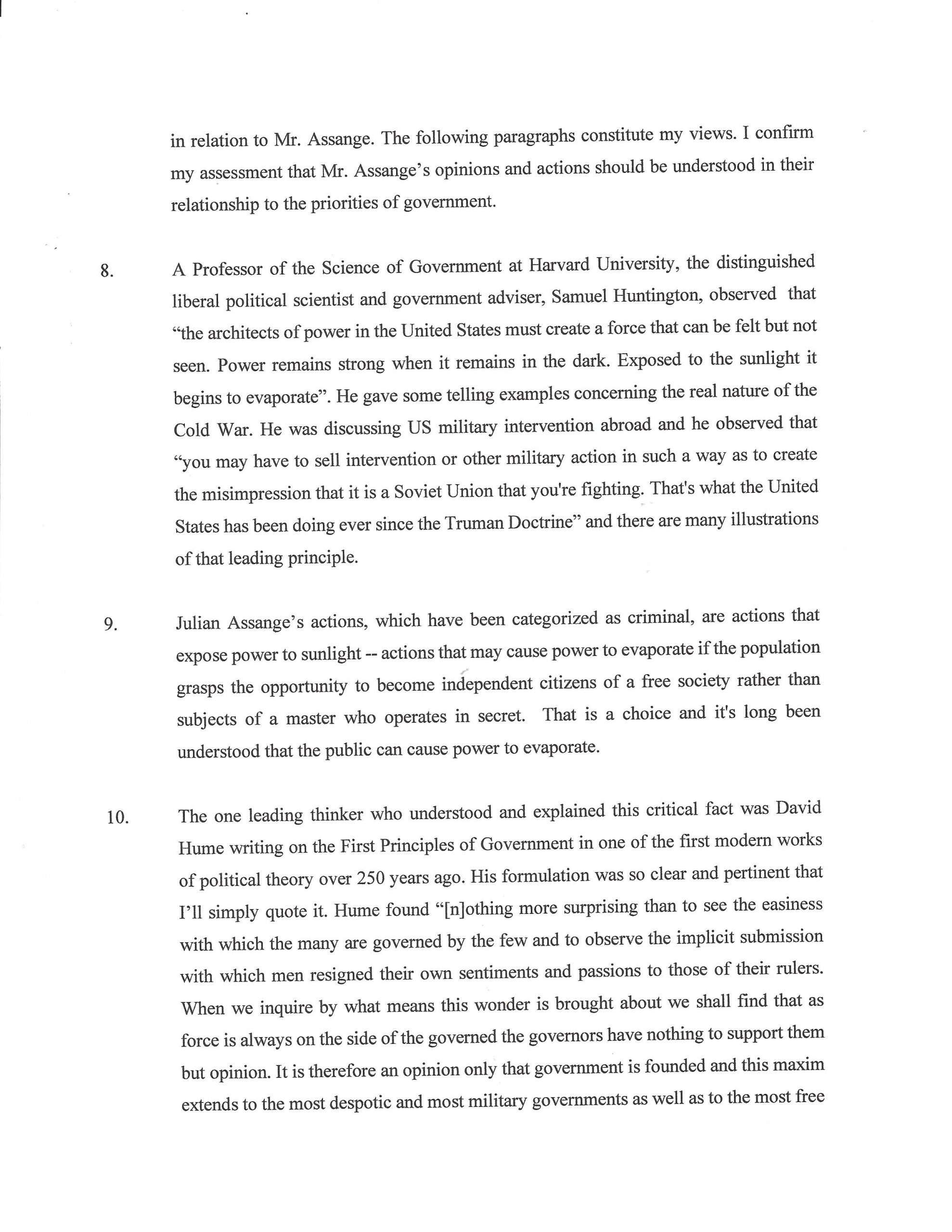
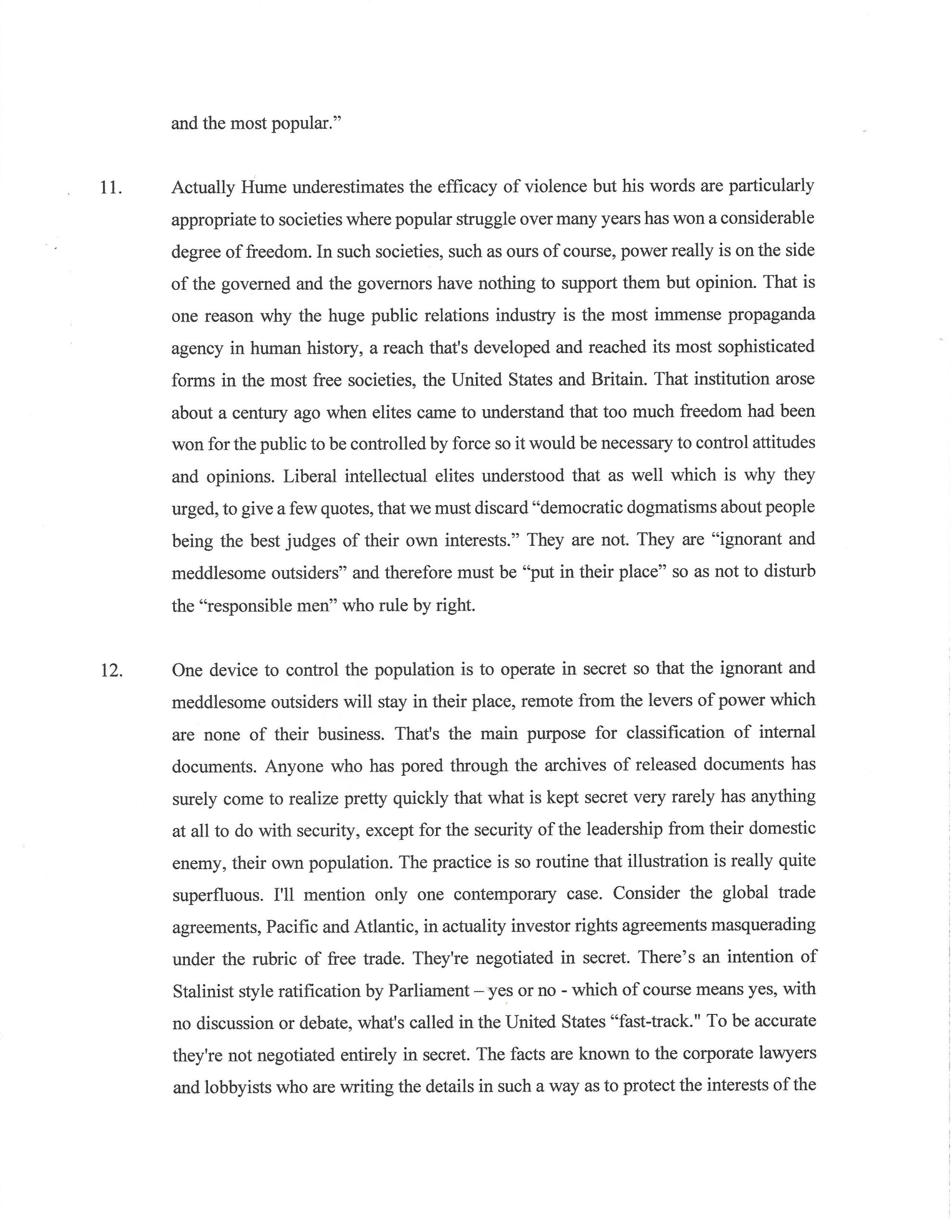
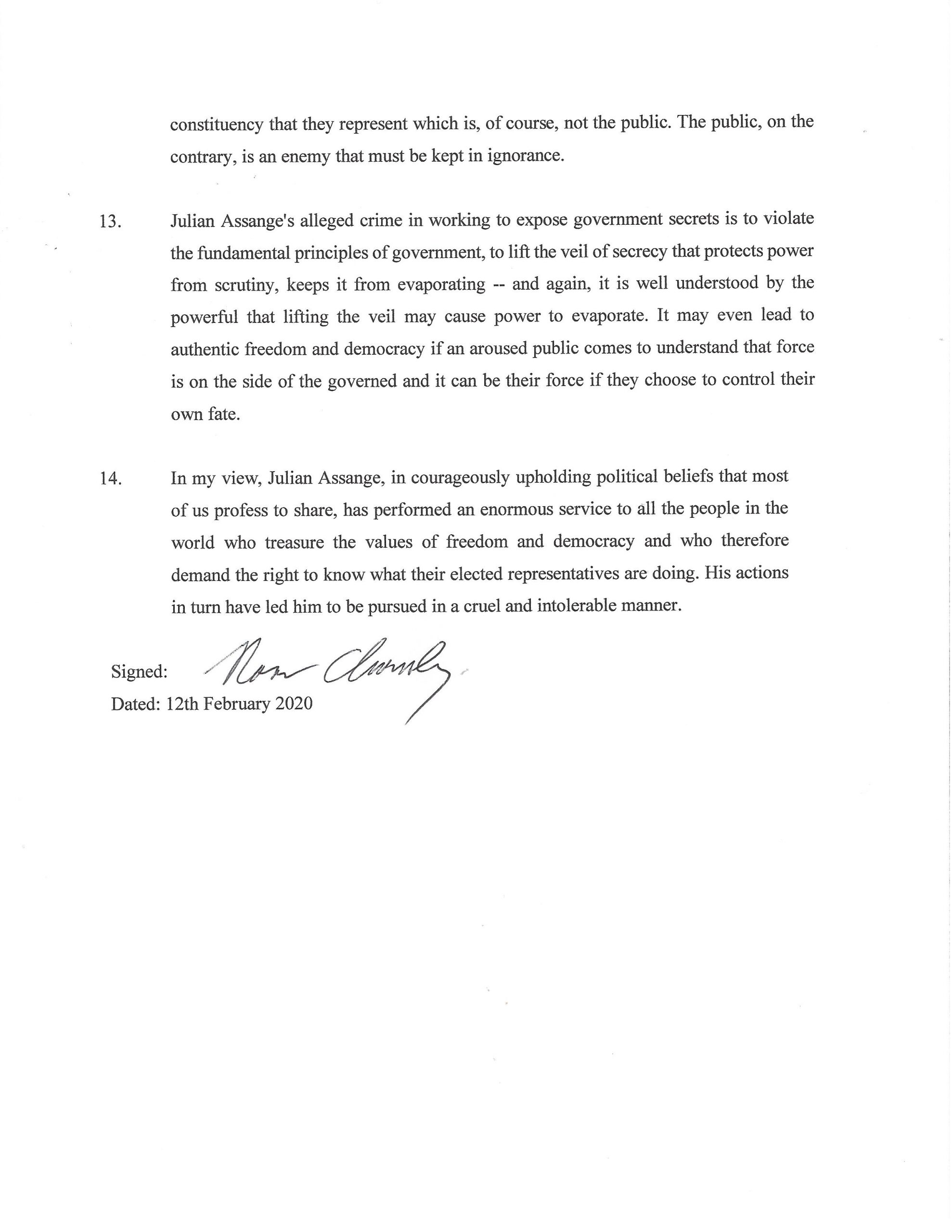
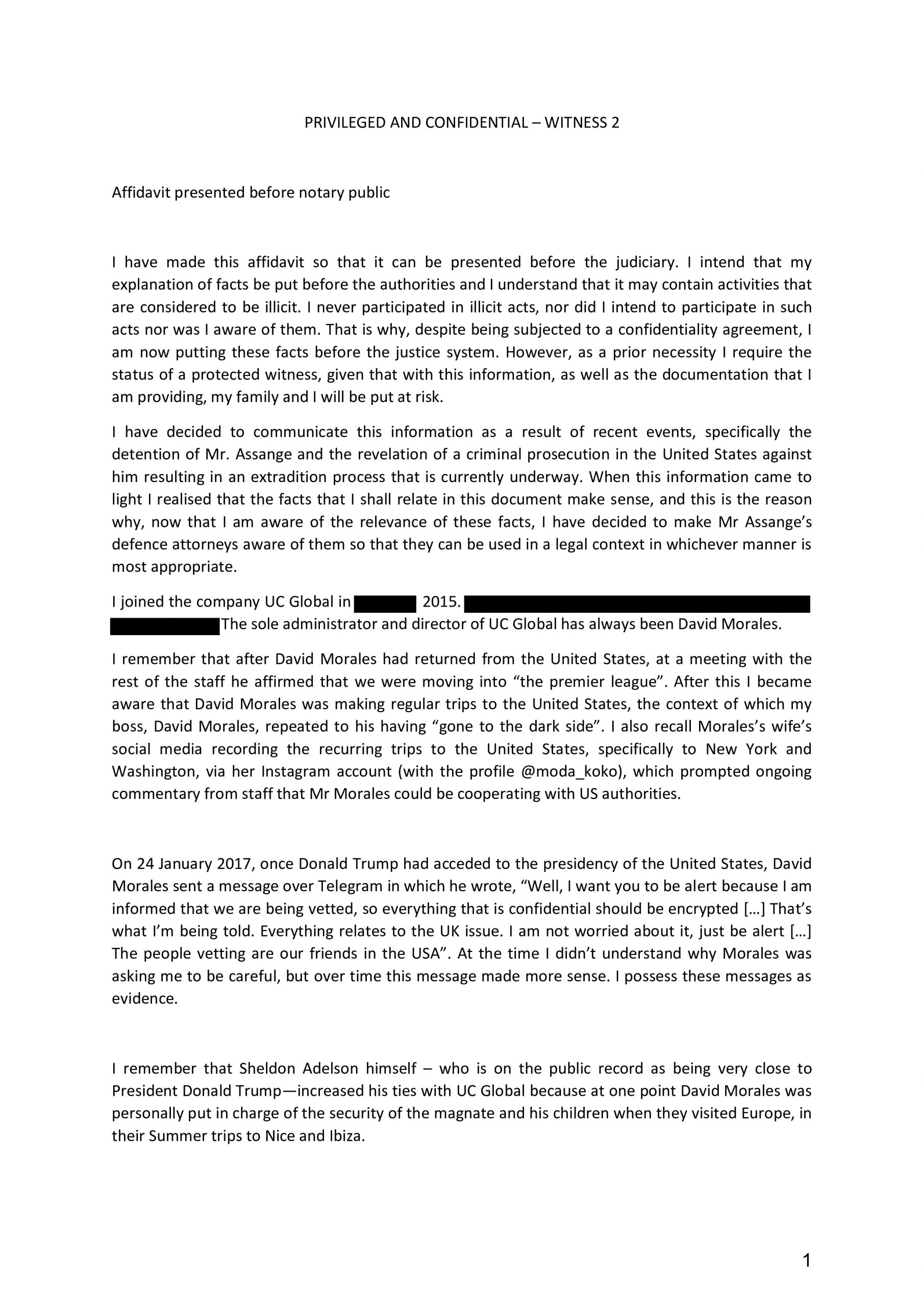
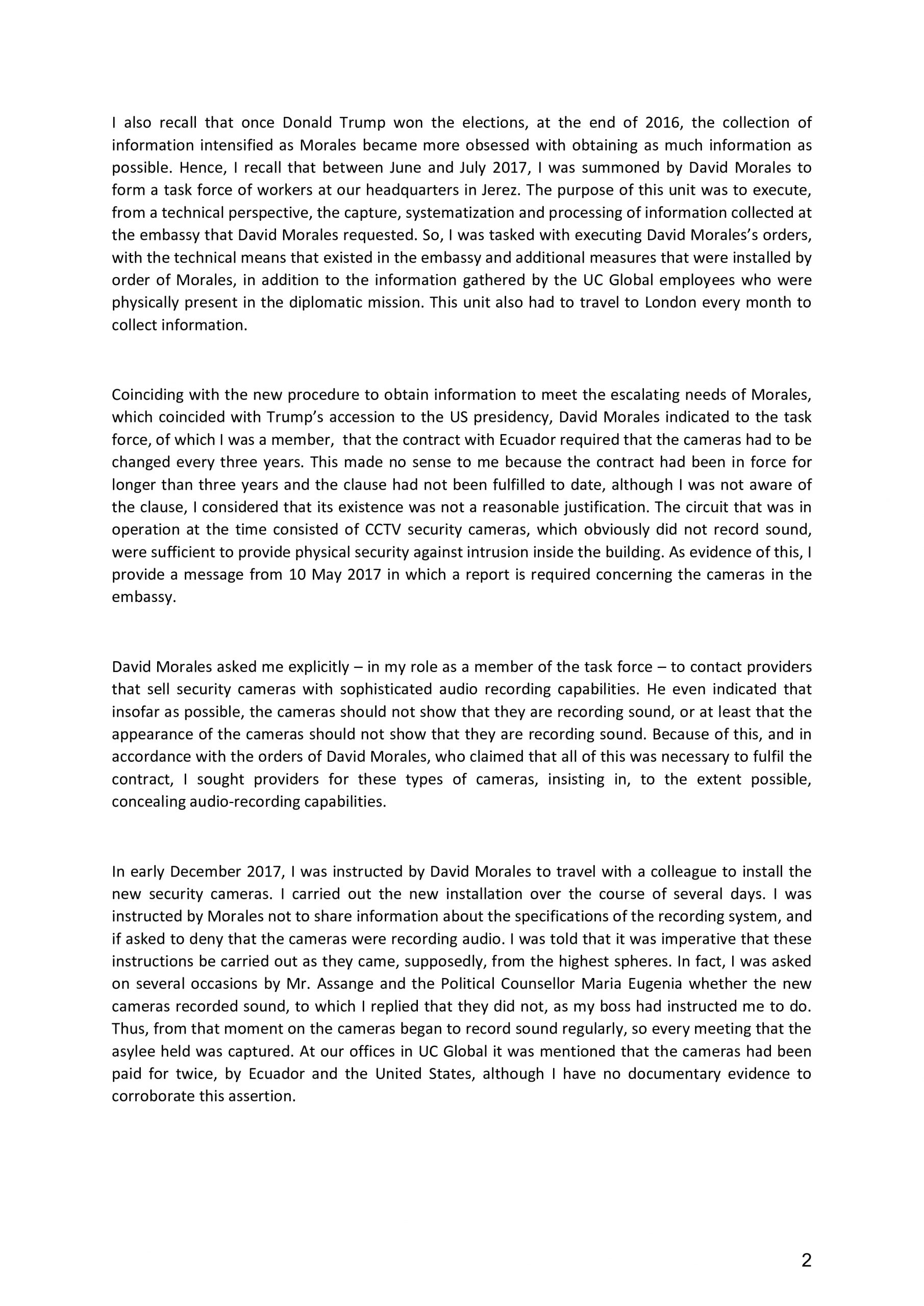
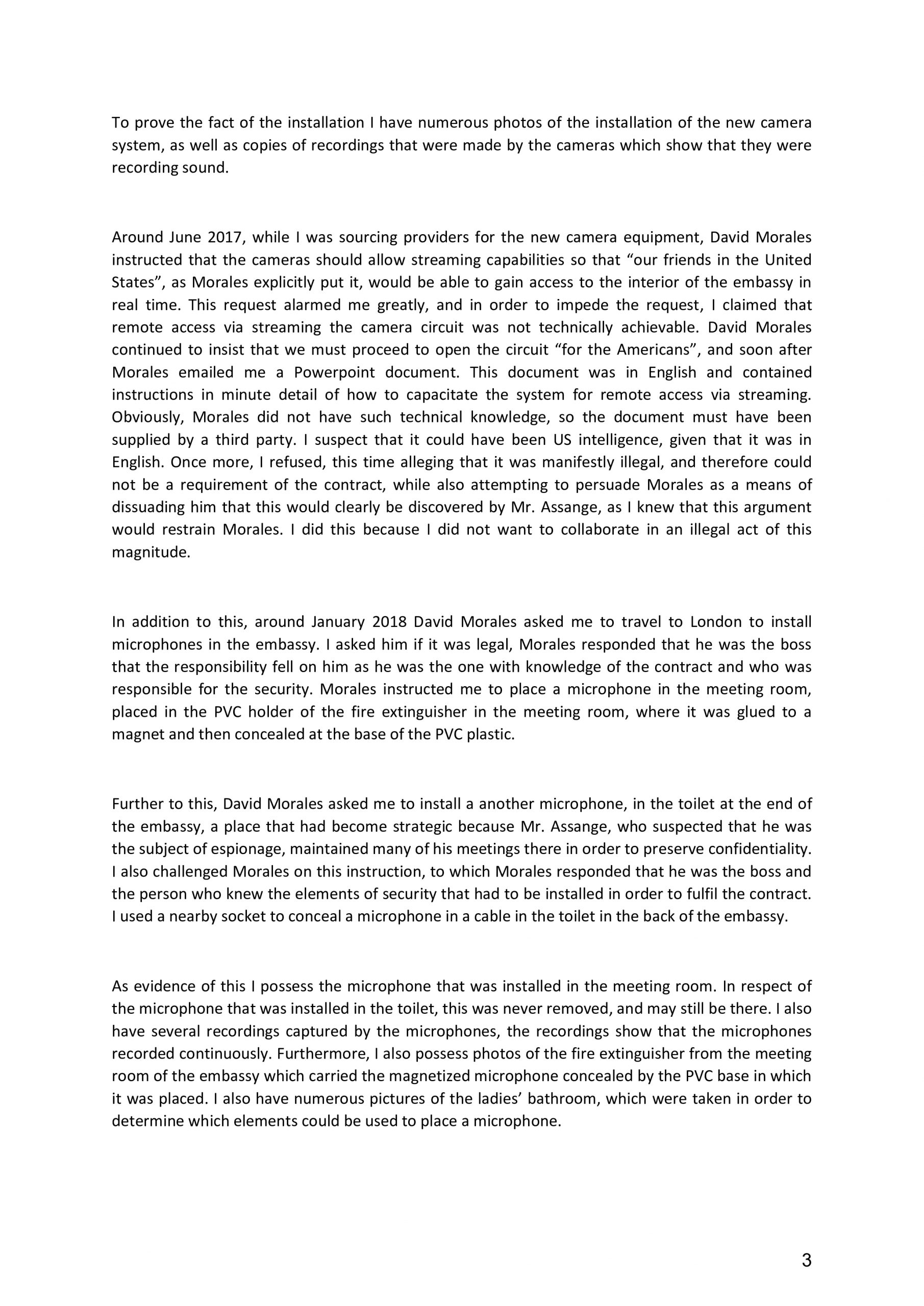
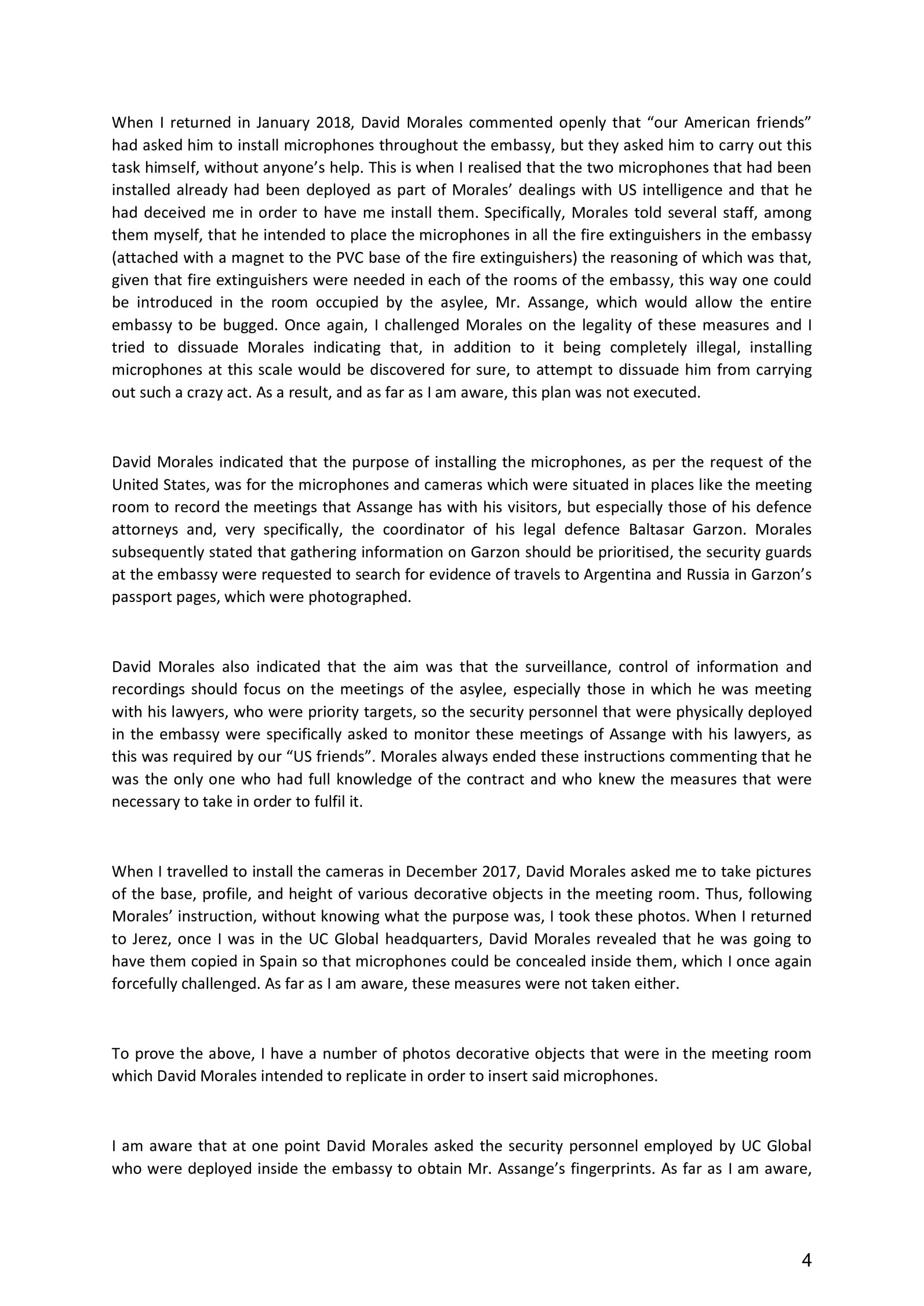
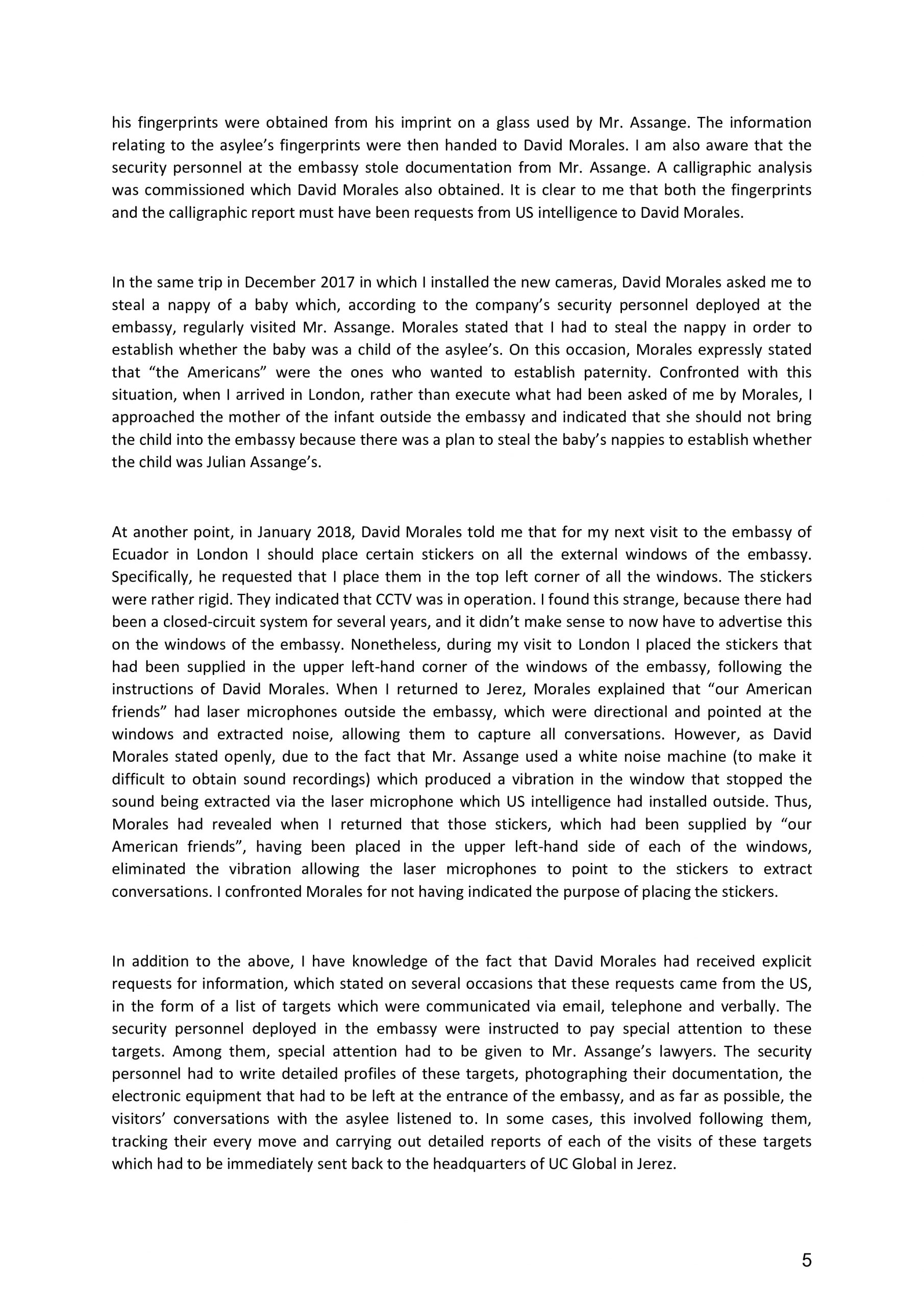
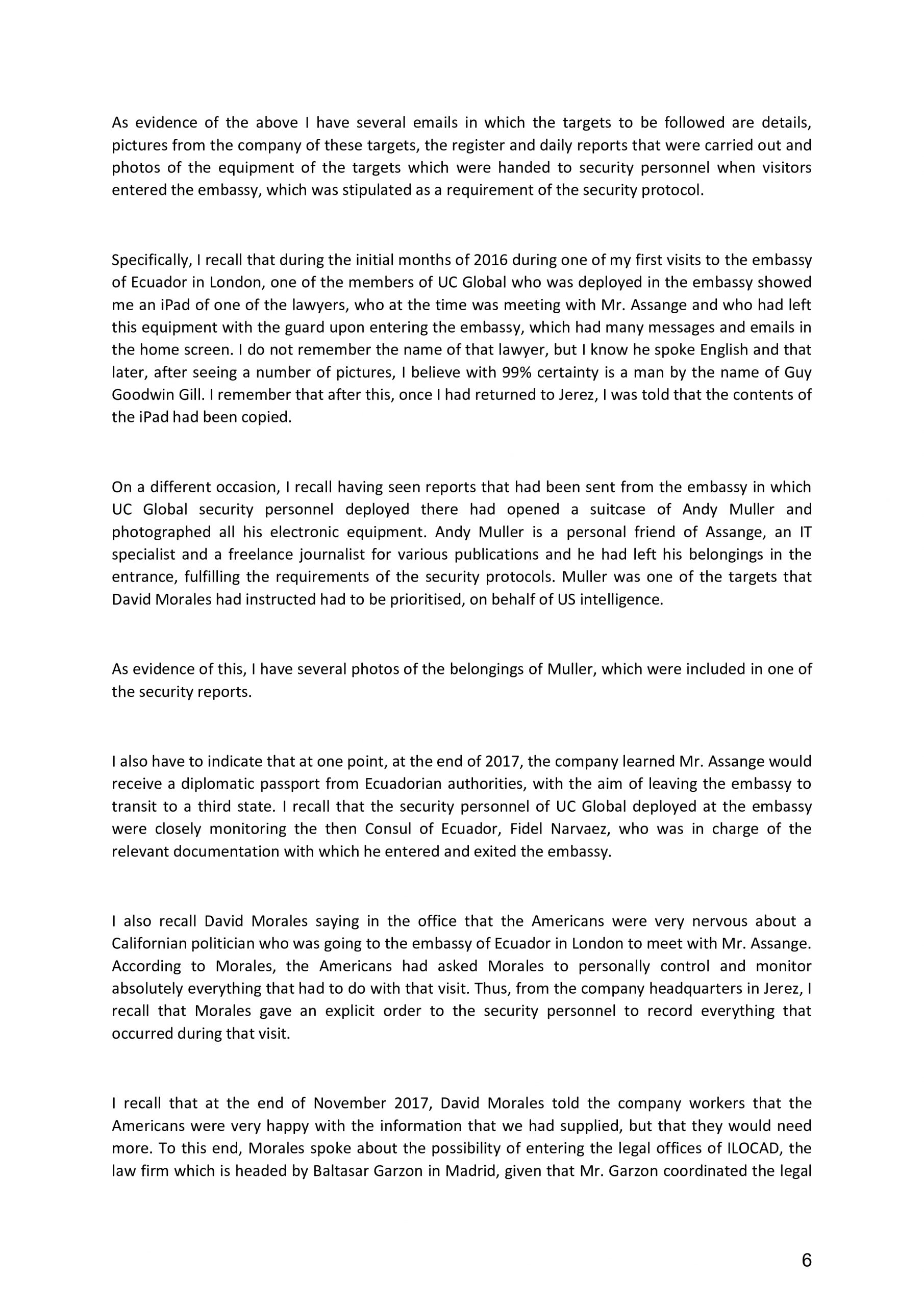
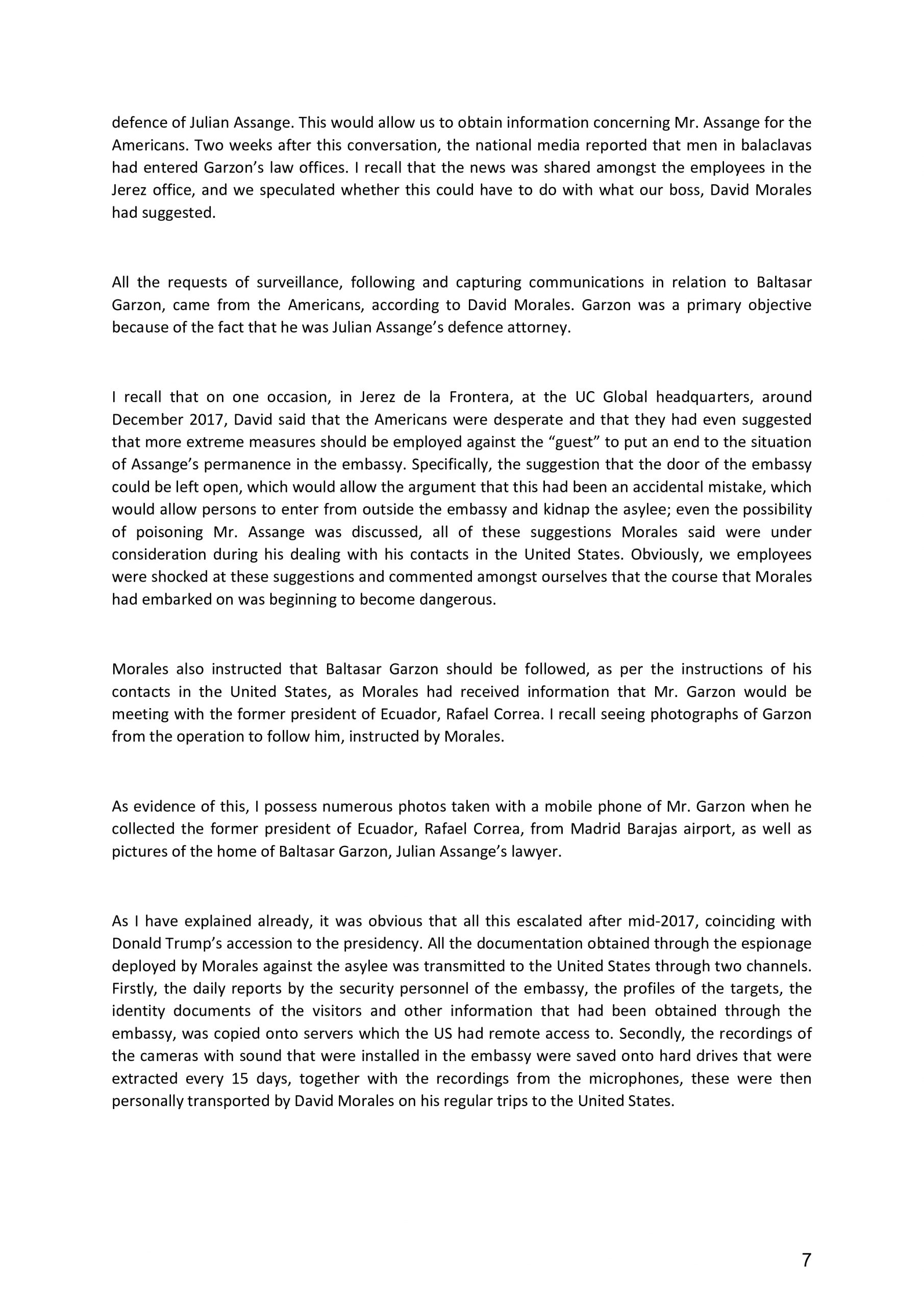
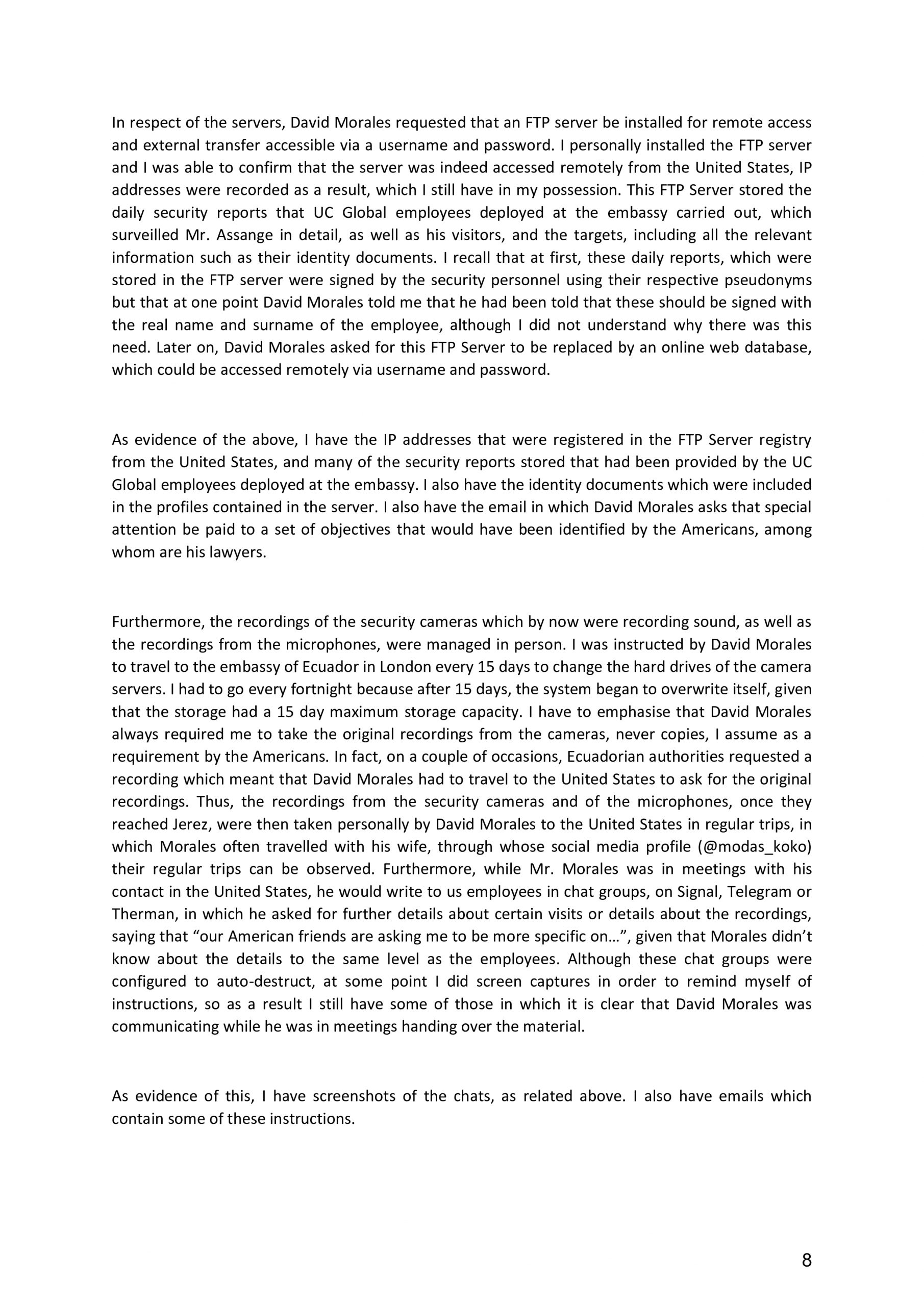
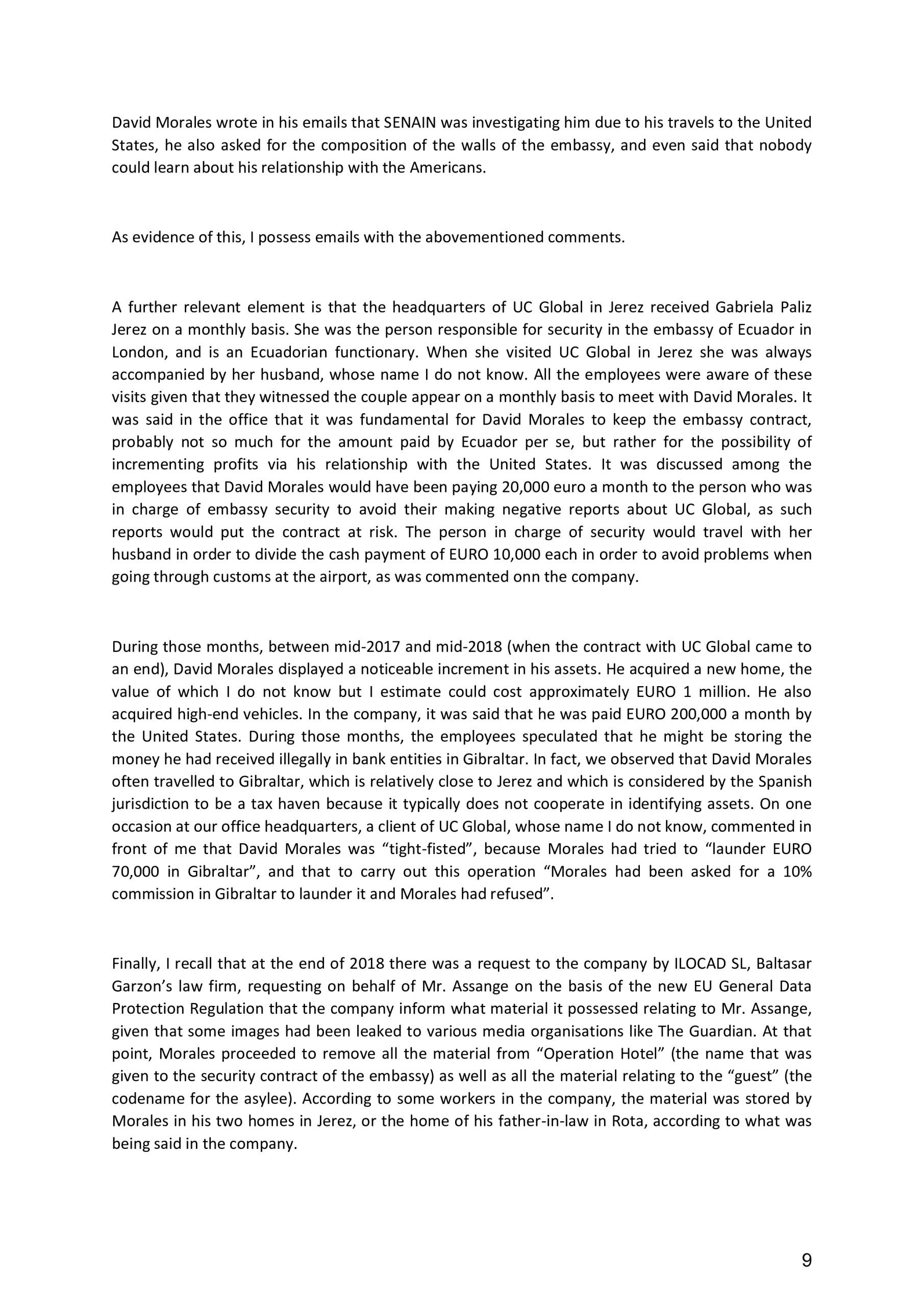
 Can you
Can you 





























